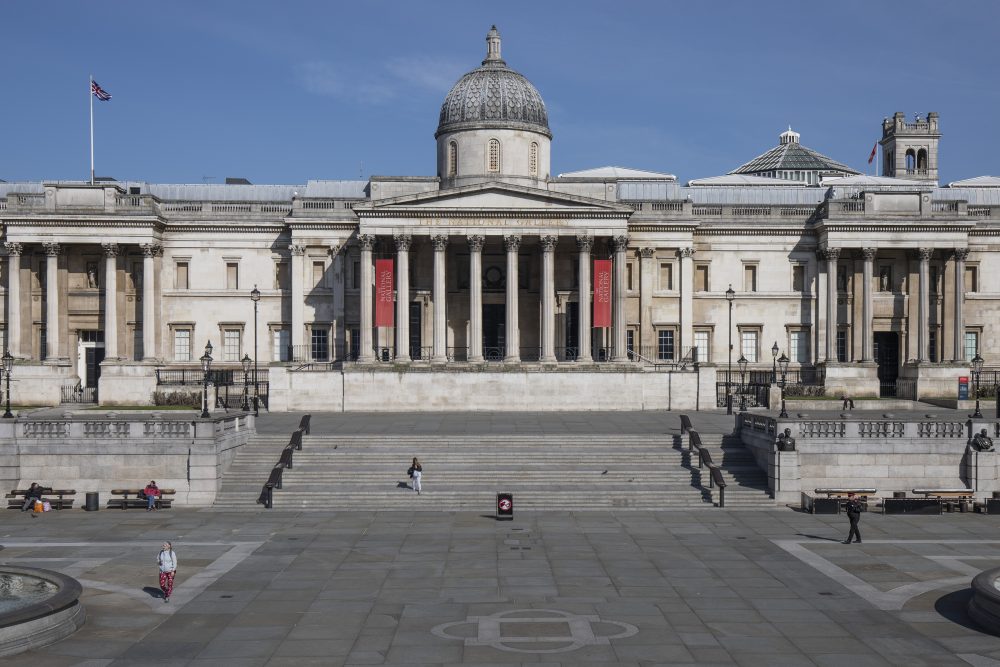Museums in England will reopen on 17 May – at the earliest. They are among the venues included in the third step of the government’s roadmap for easing the country out of lockdown, grouped with ‘cinemas and children’s play areas’ as ‘indoor entertainment’.
Three months is a long time. The best that can be said about this decision is that it gives museums some clarity – though not much – about when they can once again bring the public before their collections and into exhibitions. In practice, by the time they reopen many museum buildings will have been empty for more than five months, and in some cases for considerably longer. Counting from today, that means almost three more months with no visitor revenue from exhibitions, shops and cafes; three more months of pressure building on costs; and three more months in which public collections – with all they offer audiences in terms of education, escape, mental well-being and, yes, entertainment – will be physically inaccessible to the public.
Museums should not reopen until it is safe for their staff and visitors for them to do so. What is disappointing, however, is that the government is to reopen other types of indoor venue before museums have their turn. The second phase of unlocking – from 12 April, at the earliest – includes ‘indoor leisure’ (gyms etc), ‘all retail’, and libraries and community centres. Given how purposefully many museums worked to make themselves ‘Covid-secure’ last summer, it is hard to comprehend why they will not be ready to open at the same time as these other indoor venues. Is there a public health justification for the decision that is specific to museums? Without one, we can say that they will not reopen when it is safe for their staff and visitors for them to do so: they will reopen more than a month later. ‘This is a bizarre and damaging decision which makes little sense in terms of public health,’ says one London museum director. ‘If libraries, community centres and department stores can open, so should museums and galleries. It feels like ministers are not making the case for culture.’
It is easy to push the seemingly arbitrary differentiation between types of venue to absurd conclusions. If all retail premises can open in mid April, will museums at that point be able to reopen their shops but not their galleries? (Tate Modern has six shops and a souvenir kiosk, after all.) Could the V&A allow readers back into the National Art Library, which is housed onsite at South Kensington, but insist that they avert their eyes from the artworks they have to pass to reach it? Museums do retail and museums do libraries – and many act, sometimes more literally than others, as community centres too. They don’t do gyms, thank god.
Difficult decisions have had to be taken, no doubt, in planning a gradual return to something like the world as it was; caution and data modelling dictate that not all indoor venues can reopen at the same time. But in laying out its roadmap for unlocking, the government has set down its priorities. That those priorities include the relegation of museums to Step 3 looks like a clear expression of what many who work in the arts have come to suspect of this government: that it sees culture as an afterthought, something easily left on the shelf. The French culture minister has stated publicly that museums and public monuments will be among the first venues in the country to reopen when cases of Covid-19 subside. The British culture secretary, meanwhile, has privately convened museum directors to tell them how to interpret history. He may be disappointed with museums, but I suspect that right now they’re disappointed with him.



